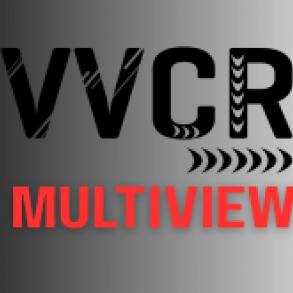In this Ready Takes segment, we take a look at the strange unveiling of Facebook's new measurement of time called the Flick.
After being posted on the personal page of former Story Studio architect, Christopher Horvath, the world was intrigued (and a little baffled) by this new unit of time that it's developers claim will calculate the speed of audio and video.
A flick (frame-tick) is a very small unit of time. It is 1/705,600,000 of a second, exactly. This unit of time is the smallest time unit that is sill larger than a nanosecond. It can be expressed in integer quantities that represent a single frame duration for 24 Hz, 25 Hz, 30 Hz, etc., and also 1/1,000 divisions of each, as well as audio sample rates for 8 kHz, 16 kHz, 22.05 kHz, 24 kHz, etc.
This makes flicks suitable for use via std::chrono::duration and std::ratio for doing timing work against a system's high resolution clock in nanoseconds, but doesn't get slightly out of sync when doing common frame rates.
From the GitHub where Horvath devloped the source code for the Flick, he stated:
"When working creating visual effects for film, television, and other media, it is common to run simulations or other time-integrating processes which subdivide a single frame of time into a fixed, integer number of subdivisions. It is handy to be able to accumulate these subdivisions to create an exact 1-frame and 1-second intervals, for a variety of reasons. Knowing that you should never, ever use floating point representations for accumulated, simulated time (lest your temporal accuracy degrade over time), the std::chrono time tools in C++ are ideal. However, the highest usable resolution, nanoseconds, doesn't evenly divide common film & media framerates. This was the genesis of this unit."
There were many responses that came out about the highly trended announcement, including one from the Royal Observatory, who governs all time and handles GMT. They tweeted:
Audio Engineer, Nick Nagurka, shared a few thoughts about how the Flick might help to sync audio sample rates with video frame rates, which can be a litte asynchronistic at times. He said:
"I could see this being useful in DAW's (digital audio workstations), such as Pro Tools, where you have to deal with delay compensation during plug-in processing. Sometimes wave forms don't match up, sample-wise. You can divide things into milliseconds, but it doesn't always exactly line up with peaks and troughs in your wave form. Therefore, a smaller unit of time would be great in helping to better sync audio with video."
Watch the full epsiode to learn more and be sure to SUBSCRIBE to Live X's YouTube page and newsletter to get notified on our upcoming productions.



















